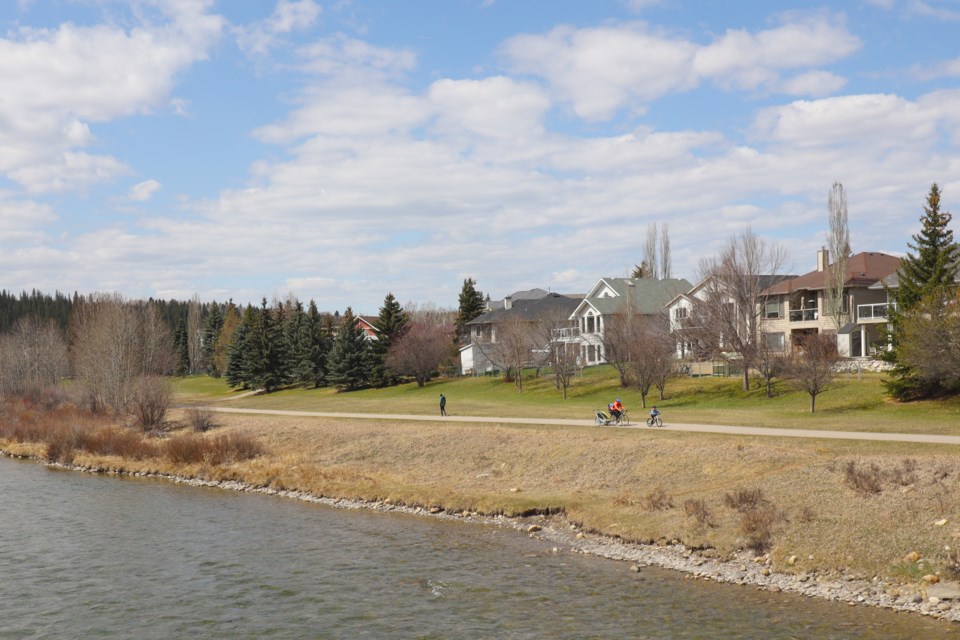As the vision for a safer and more connected Cochrane continues to take shape, the Town is developing new ‘Active Transportation Guidelines’—a document intended to create consistent standards for walking, cycling and other forms of non-vehicular travel.
At the May 5 Committee of the Whole meeting, Cochrane Council reviewed a draft of the guidelines, which aim to reflect the changing needs of a growing and evolving community.
“This is a document that reflects a thoughtful, made-in-Cochrane approach to how we support walking, cycling and wheeling in our community,” said Michelle Delorme, director of Parks and Active Living. “This isn’t about replicating big city solutions—it’s about growing with our community.”
See related article: Trans Canada Trail extension to connect Cochrane and Canmore
Previously, Cochrane relied on the 2017 Connecting Cochrane Transportation Master Plan, which is now outdated—particularly in its direction on pedestrian and cycling infrastructure. Delorme noted that since the plan was adopted, there has been a significant shift in how people move around, including increased use of e-scooters, e-bikes and other emerging mobility options.
The new guidelines were developed with support from the federal Active Transportation Planning Fund and informed by several established planning tools, including:
- Alberta Bicycle Facilities Design Guide
- B.C. Active Transportation Design Guide
- Transportation Association of Canada (TAC) Guidelines
- Ontario Traffic Manual Book 18
“Connectivity continues to be one of council’s top priorities,” said Delorme. “We’ve heard clearly from residents that there’s a growing need for safe, accessible and consistent active transportation routes across the community.”
The document is intended as a reference, not a regulation. It will help guide future development and redevelopment, with public input built into the planning process.
“These standards will inform future development through public engagement, where people will be able to review and provide feedback,” said CAO Mike Derricott. “This document sets the foundation for the standards, strategies and tools needed to meet future mobility needs.”
Councillor Tara McFadden praised the plan, especially in how it supports tourism and broader community goals.
“I’m really glad to see this come forward,” said McFadden. “The big-picture goal, as we’ve started to hear real steps being taken, is connecting the Trans Canada Trail with Cochrane. I see this as an important step in safely directing people into our downtown core, where they can shop and invest in our local community.”
One unique aspect of the guidelines is their integration of maintenance requirements, which encourages collaboration with the roads department to identify high-priority routes and coordinate maintenance efforts.
“I’ve seen it myself, and I’ve received the complaints,” said McFadden. “The sidewalks are cleared, and everything’s good to go—and then a snowplow comes by and blocks the access. We need to work better to avoid making things harder for ourselves.”
The guidelines also align with other local initiatives, including Cochrane’s evolving public transit plan. One goal is to ensure safe pedestrian access to transit stops to improve community-wide accessibility.
“As we evolve COLT (Cochrane On-Demand Local Transit), we need to evolve the standards that interface with that,” said Mayor Jeff Genung.
See related article: COLT to offer three fixed routes in 2025
A final draft of the Active Transportation Guidelines is expected to be submitted for adoption in June.




